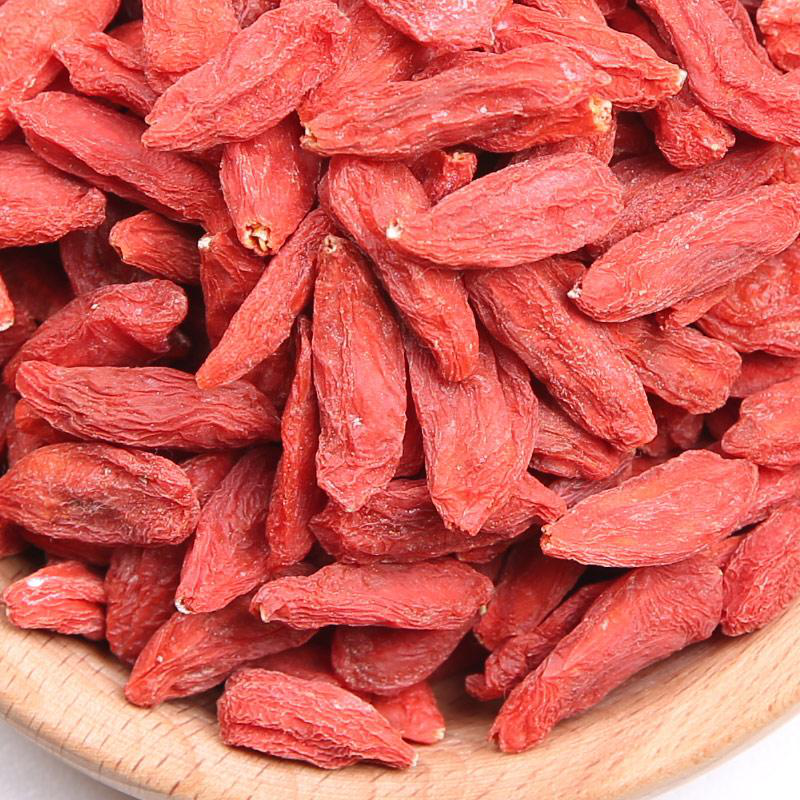Carnations are easy to flower after cutting and are generally cut at the bud stage or when they are half open. Usually, the suitable period for cutting flowers is as follows: During the low-temperature period, 50% bloom and 40% bloom during the high-temperature period. When harvesting, the flowering dianthus should be cut at 3 cm from the calyx and slightly in the summer; the main inflorescence of the flowering dianthus blossoms, and the petals of the two lateral inflorescences, each with its brightly colored petals, are cut. At the time of the first cutting, in order to ensure the flowering in the future, it is necessary to cut at a slightly higher position to make lateral branches. Cut the flowers into 20 bundles after the flowers are cut and packaged. The optimum storage temperature for carnation is 0°C. Stored at this low temperature, cut flowers have the longest vase life. However, when the storage time is increased by one week at low temperature, the vase life of flowers is reduced by one day. Therefore, even if stored in a standard cold room, it must not exceed 4 weeks. In order to ensure the quality of cut flowers, it is best to take cuts at the bud stage, store them at a low temperature of 0°C, and promote the flower buds to blossom through the flowering treatment so that they can be sold at a proper time. Carnation cut flowers are more sensitive to ethylene, and they are usually treated with a preservative containing ethylene. It has a significant effect on extending the vase life of carnations. Usually treated with silver thiosulphate or silver nitrate (mass fraction 10010E-6) solution, such as adding gibberellin (10 mg/L ~ 20 mg/L), aminopterin (5 mg/L ~ 10 mg/L) will accelerate the opening of flowers; treatment with 200 mg silver nitrate, 100 g sugar, and 20 mg benzyladenine per liter of water will enable the opening of carnation buds with a diameter of 5 mm and ensure the quality of cut flowers and Bottle life. The best environmental conditions for carnation buds are: light 1000 lux [] ~ 4000 lux [], time 16 hours to 24 hours, temperature 22 °C ~ 25 °C, air humidity 40% ~ 70%.
Goji Berry is taken as one of the most famous plants, which can be both for medical and eating use. The history of goji berry up-picking and for eating use has a long history of 4000years in China. People from different social hierarchies, from the emperor to ordinary people, take goji berry as a good component of medical prescriptions. Goji berry enjoys a great popularity from ancient to modern times, at home and abroad and it has a long lasting and profound life preservation culture.
Ningxia Goji Berry enjoys a great fame around the global due to its high quality standard; meanwhile, it is the only protected product of geographical identity in China, goji berry has a great popularity describes as "goji berry of the world is in China, goji berry of China is in Ningxia and Ningxia`s goji berry is the best".
Specification:
Ningxia goji berry is categorized into 5 levels for experimental use. The fruit particles are required to have evenness in shape, with juicy fruit but not dry particle with impurities, humidity or bitten by insect.
Top Level:≤ 250grains/50g
Excellent Level:≤ 280grains/50g
Superfine Level:≤ 370grains/50g
First Rate:≤ 580grains/50g
Second Rate:≤ 900grains/50g
2. Identification
Color: The color of Ningxia goji berry should be red or dark red and lack luster.
Shape: Ningxia goji berry has big spindle size in shape with thin skin and full pulp. The particle is somewhat above normal size with style trace at the front of the particle and white stipe trace at the bottom.
Flavor: Ningxia goji berry is astringent at first bite then sweet, without ill-smell.
Goji Berry
Goji Berry,Goji Berry Dried,Ningxia Goji Berry,Fresh Goji Berries
Ningxia Bairuiyuan International Trading Co.,Ltd , http://www.cngoji.com
